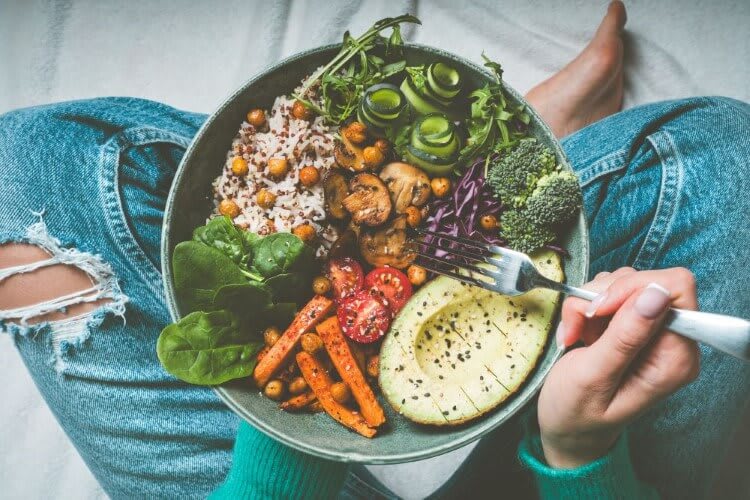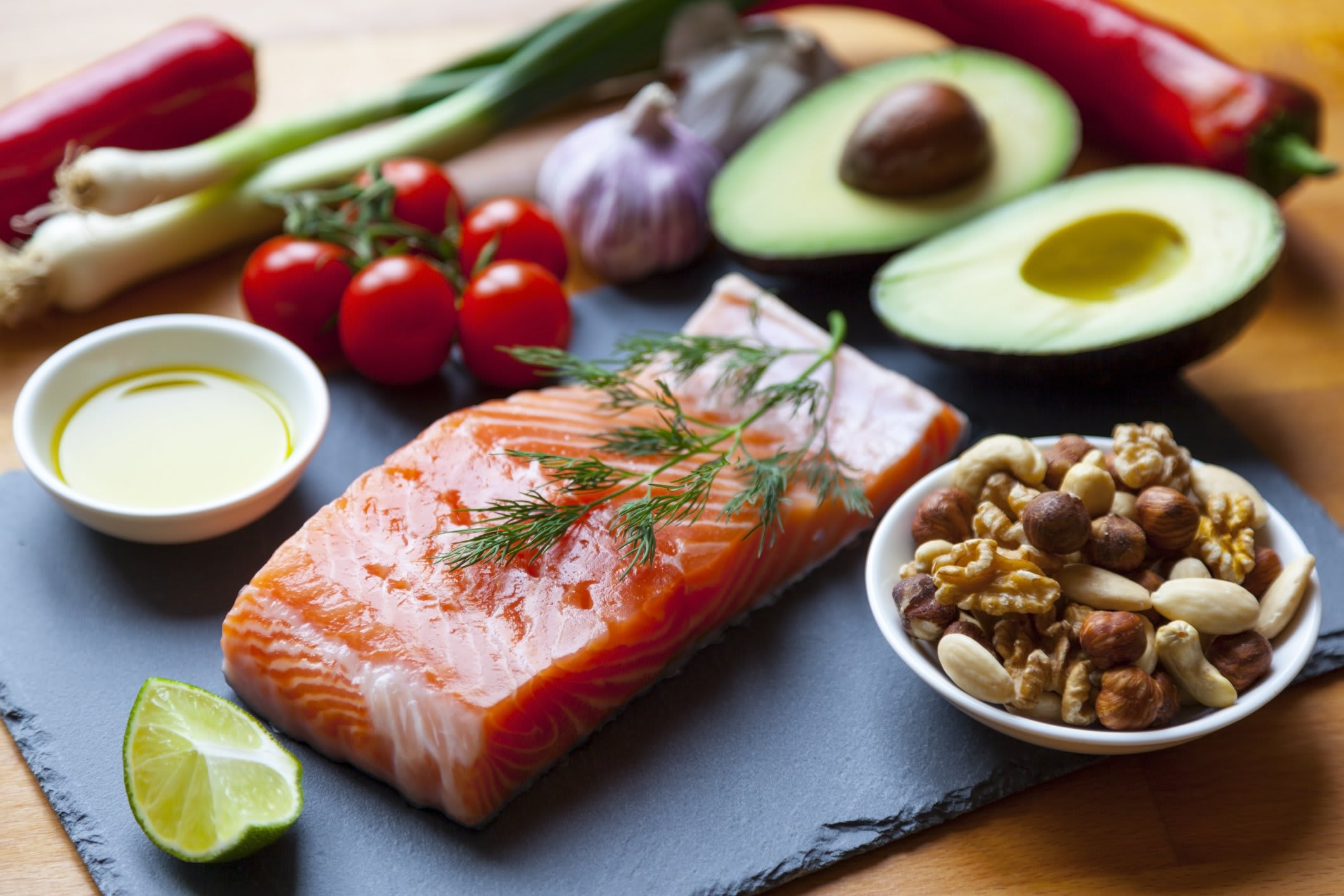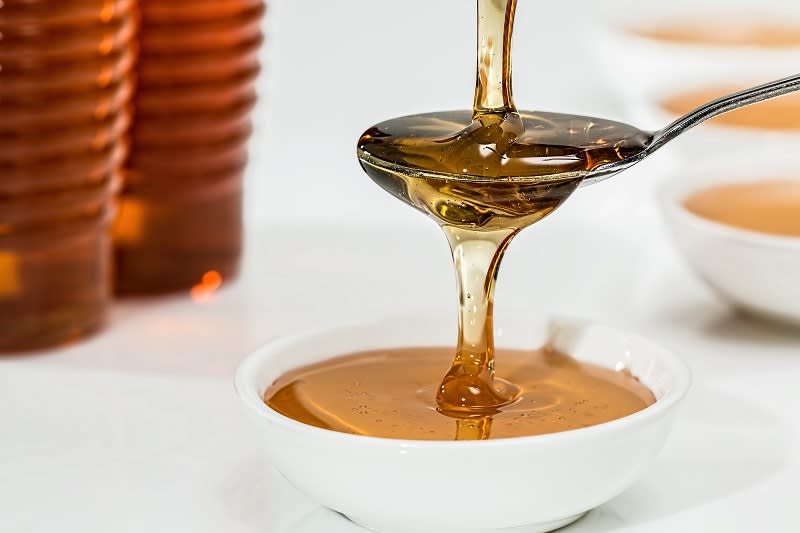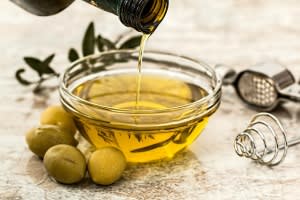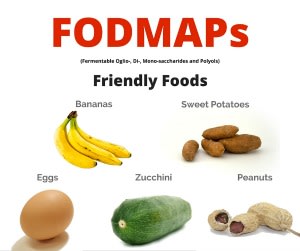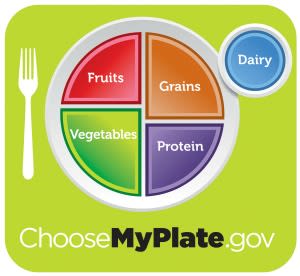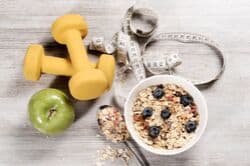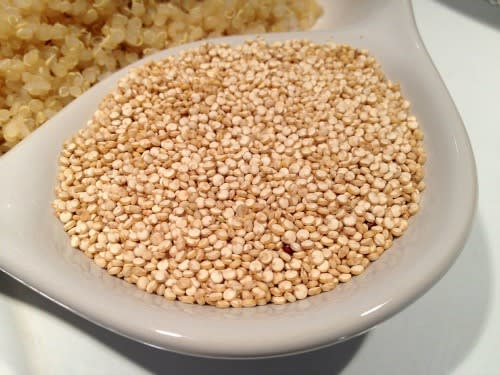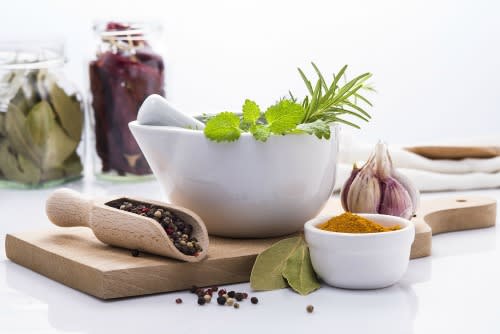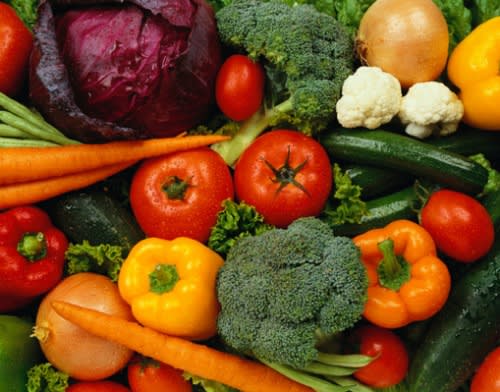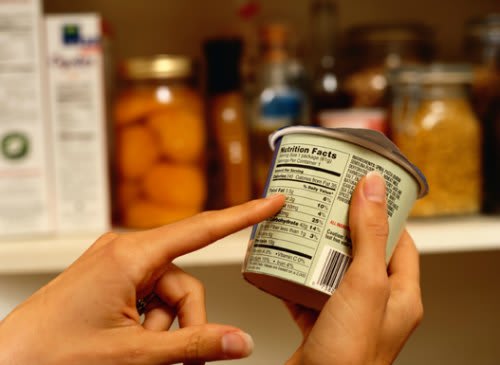Strong Bones, Strong Body
Published: April 19, 2016l
By Lisa Zarny, MS, RD, CD-N, Clinical Nutrition Manager and Jane Wynne, Nutrition Volunteer
We recently recognized Bone and Joint Health National Awareness Week, a great time to think about how your diet affects your bone and joints. In America, 54 percent of the population over the age of 18 is affected by bone and joint conditions. These conditions include back pain, arthritis, traumatic injuries, osteoporosis, and spinal deformities. Women during menopausal years are especially affected since rapid bone loss occurs after menopause, which can lead to osteoporosis. Luckily, there are some steps you can take to protect your bones and joints.
To build strong bones, your body needs two vital nutrients: calcium and vitamin D. About 99 percent of the calcium in our bodies is in our bones and teeth. It is necessary to replace this essential mineral as we lose it through our skin, hair, nails, urine, and feces. For men under the age of seventy, 1,000 mg of calcium is required daily, while 1,200 mg is needed for men over seventy. Woman require 1,000 mg under the age of fifty but 1,200 for those seventy years and older. Vitamin D is also important because it is required by the body to absorb calcium. Even with adequate calcium in our diet, the body could not utilize it without the presence of vitamin D. Men and woman under the age of fifty should consume 400-500 IU daily and over the age of fifty should have 800-1,000 IU of vitamin D daily.
Incorporating high-calcium foods into your diet can be easy and delicious. Dairy is high in both calcium and vitamin D. One cup of fat-free plain yogurt and eight ounces of fat-free milk both contain 30% of your daily calcium intake. Choose a milk brand fortified with vitamin D and you get both the benefits! In addition, one cup of cooked spinach contains almost 25% of the required calcium, as does collard greens. When looking for vitamin D sources, think fish! Salmon contains more than 100% of your daily vitamin D, while canned tuna contains 39% of your daily requirement. Cereals and orange juice can also be fortified with up to 25% of your daily vitamin D requirement, giving your breakfast an extra bone boost.
Sources:
http://www.usbji.org/programs/public-education-programs/action-week
http://www.health.com/health/gallery/0,,20365458_9,00.html
Featured Expert/ Author




